Else Kientzler Botanical Garden
We found information about an interesting place on TripAdvisor – Else Kientzler Botanical Garden which is not far from the capital. After reading plenty of positive reviews, we decided to pay it a visit.
The Garden is part of a large agricultural company – InnovaPlant S. A., which cultivates and grows decorative plants for international export.
In 1998, the company’s owner, Ludwig Kientzler, decided to establish a botanical garden and named it after his mother Else.
At the moment, the 7-hectare park territory houses over 2,000 species of plants, including unique species from New Zealand, Japan, Madagascar, Brazil, India, Bahamas, Korea and, of course, Costa Rica.
Although we had to take an entire day to visit the botanical garden (the drive alone took around 3 hours), it was worth it.
We visited right after the rain, so the air was humid, and the water droplets glistened on plant leaves.
We had a wonderful time, walking with the boys, climbing small wooden viewing platforms, astounded by the sizes of giant succulents, and enjoying the bright colorful flowers, most of which we were seeing for the first time.
Puntaneras
Relatively close to our house was a city called Puntaneras – the capital of a province with the same name. The resort takes up a narrow spit a few kilometers long, which cuts into the Gulf of Nicoya. At the end of the spit there’s a lighthouse surrounded by restaurants, cafes and souvenir shops.
There was a time when the city was the country’s major trading port, but today a more frequent sight are large liners. A day’s stop at Puntaneras is part of the program in many cruises. In addition, the region is the country’s fishing center
It is a pleasant resort with a beautiful sea-front with hotels, shops and squares located along it. Our first visit to Puntaneras coincided with an interesting event: locals made huge fires, burning dry palm leaves and branches. Robert and Michael Jr. gazed with eyes wide open at the flames that rose 5m high. They had never seen such massive fires before.
Despite the large number of tourists, there are no recreational areas or playgrounds here, but the boys enjoyed walking along the sea-front and playing in the sand. The promenade is well illuminated in the evenings, and people are constantly walking around, restaurants are open, so it didn’t feel like the city was deserted at after dark.
The spit is covered in beaches with the same cloudy waters, but some places looked quite decent, so we would sometimes here to relax.
From the port you can take a mini cruise to see the uninhabited Pacific islands of Costa Rica, revel on the white sandy beaches of Tortuga, take a walk down the narrow jungle paths of Cocos island, or observe dolphins by the shore of Negritos island.
The Puntaneras province is famous for its unique mountainous natural reserves – Selvatura Adventure Park and Monteverde Nature Center, located in the very foggy areas. The forests here are curtained in haze with narrow bridges and cable roads hanging over ravines and mountain rivers.
Macaw Sanctuary Natuwa
One day we decided to head to the Natuwa animal sanctuary. It’s not just a mini zoo, but it’s a functioning rehabilitation center. Animals that were once captive or are unable to survive in the wild are sent here. Sanctuary employees take care of these animals, gradually adapting them for survival in their natural environment. And if their rehabilitation is successful, they’re released into the jungle.
The park’s main inhabitants are various species of parrots of all colors and sizes, including the large ara macaws. These once tamed birds live in cages, but there are also wild parrots that fly into the park all by themselves, hovering right above tourists’ heads
Cages also house other animals, including tapirs, monkeys and gracious leopards that are always exciting to watch.
We read plenty of positive reviews about this place, but lady luck was not on our side. Usually it’s the center’s owner that takes tourists around the territory.
It seems like he loves his job and so he enthusiastically tells his guests about the animals and their habits, sharing all sorts of interesting facts.
But we were greeted by local girls, who didn’t seem at all happy to have guests. Of course, they took us along the park’s paths, but the tour was rushed. They would get irritated when we tried to take photos or pause a little longer by a cage, trying to show and explain things to the kids.
Tarcoles Crocodile River
Rio Grande de Tarcoles crosses Costa Rica east to west, starting on the southern slope of Cordilliera Central and flowing through national parks until it flows into the Gulf of Nicoya.
We often crossed the river on our way to the beaches, and we always saw lots of people on the bridge. One day we got intrigued by what it is that attracts the tourists, so we stopped the car to have a look around. To our surprise, when we looked down, there were a few dozen large crocodiles relaxing in the shallow waters beneath the bridge.
Since there was no fencing around the shore, the bravest of tourists could even go down there to look at the river monsters more closely.
By the way, the river itself is very dirty, since large central cities, including the capital San Jose, Alajuela, Heredia, and other settlements release wastewater into it.
Nevertheless, locals offer regular motorboat tours for visitors. During the river tour you can enjoy the sights of untouched mangrove thickets and volcanic hills, spot rare birds, and, of course, observe the crocodiles. Some guides even take the boats up close to the reptiles to hand feed them. There’s also a restaurant nearby where you can try crocodile meat.
By the way, there are lots of crocodiles in Costa Rica, so it’s not a good idea to swim in the first river you see. First you should check that the place is safe.
Jaco
Jaco – another city around the Gulf of Herradura. Since this resort is almost the most popular one on the Costa Rican coast, we decided to go and see it for ourselves.
The most famous sight here is the long beach that didn’t really impress us. The shore is covered in gray-black volcanic sand, which heats up so much during the day that it’s practically impossible to walk on it barefoot. There is also no tourist infrastructure here, such as showers, toilets etc. But this is common in Costa Rica. However, its large waves make it a popular surfing destination.
Jako is a relatively new settlement, which was initially designed to become a quiet, secluded resort. But it turned into something else – the city became popular with the youth, which led to the active construction of bars and night clubs. Today Jako is the capital of night clubs and loud parties. Regarding the city itself, it’s simple with a poorly developed infrastructure.


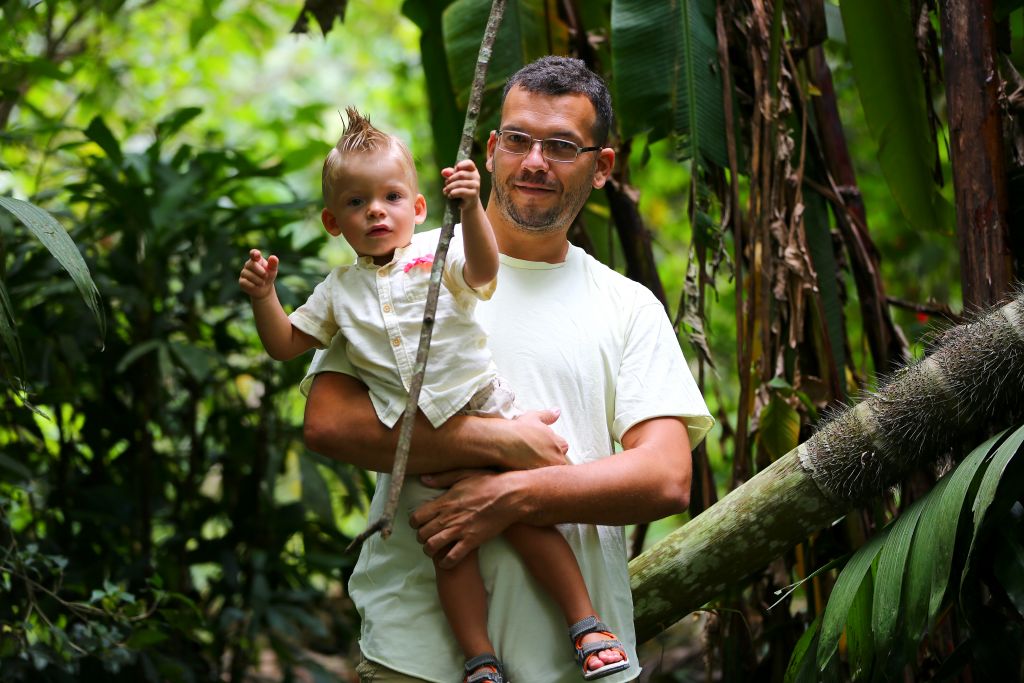
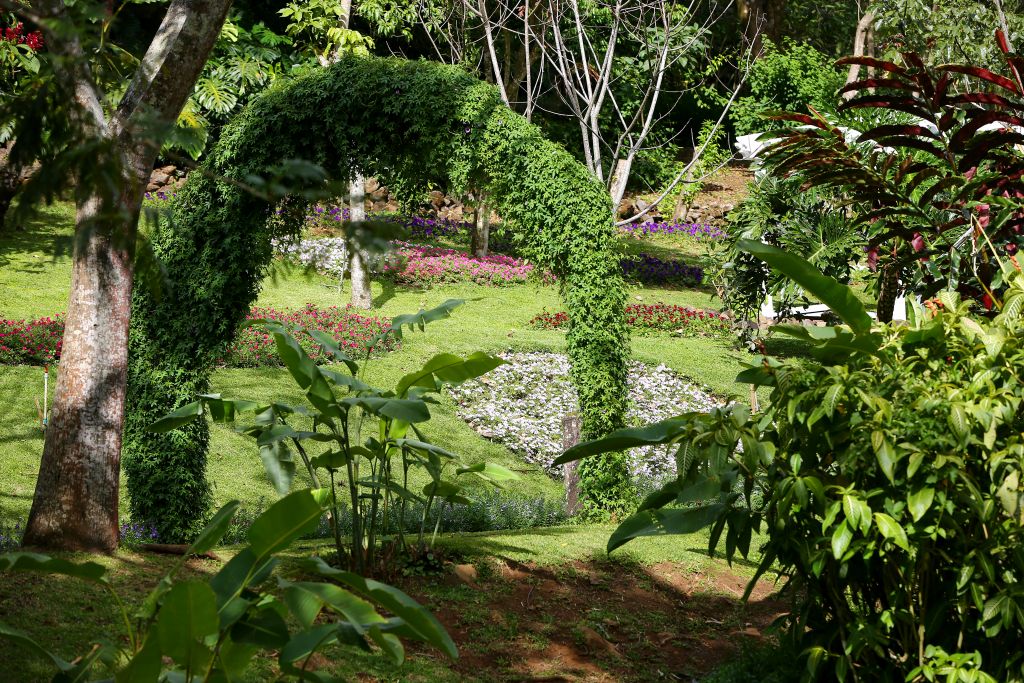
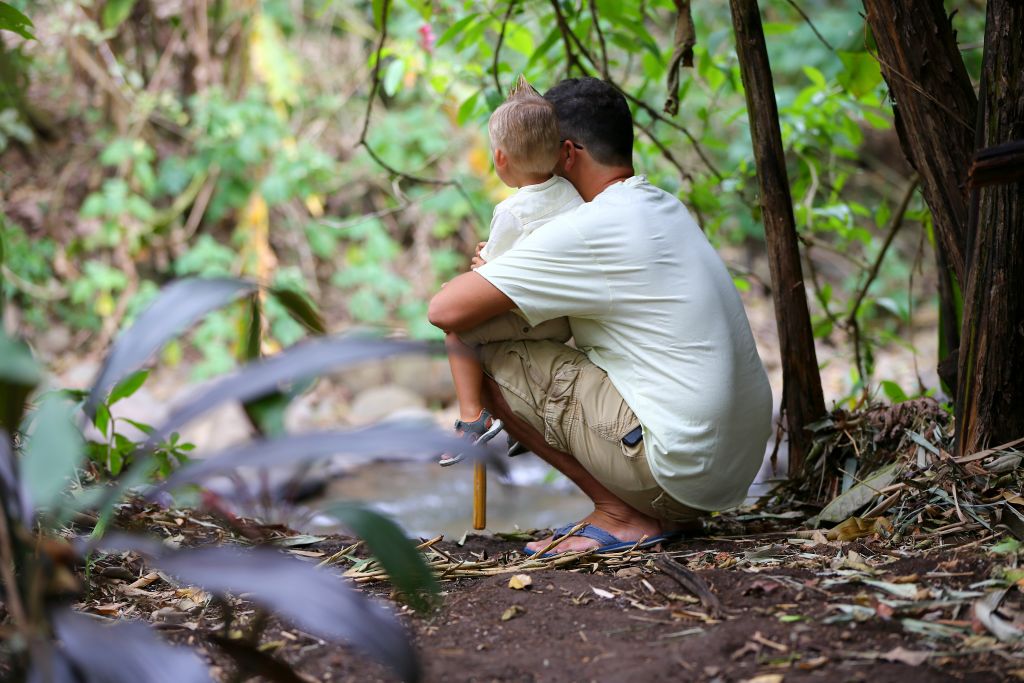
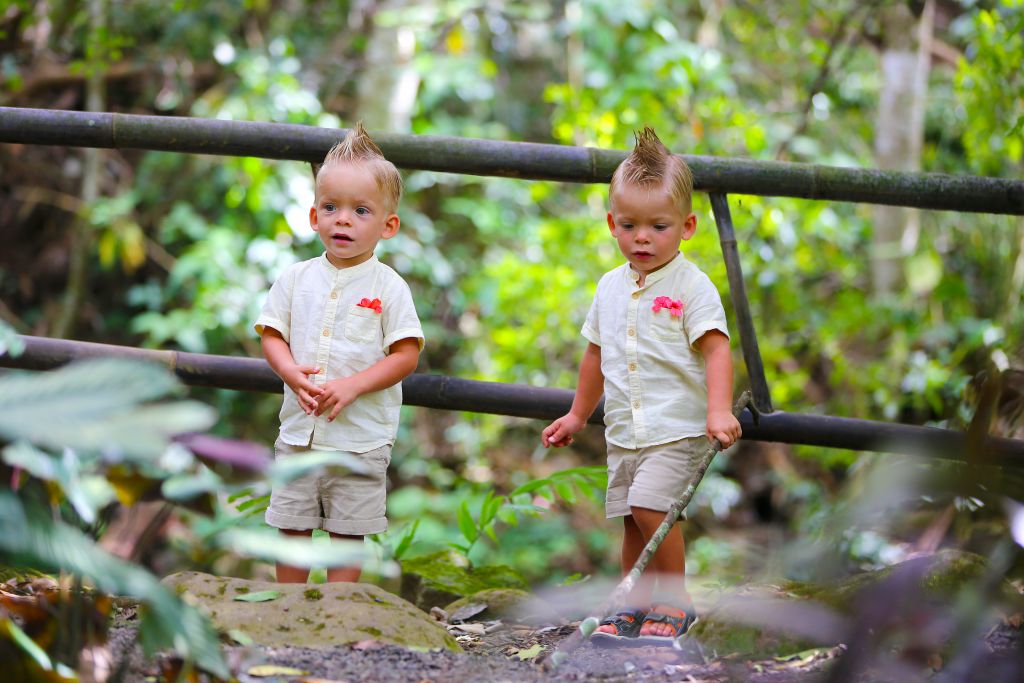
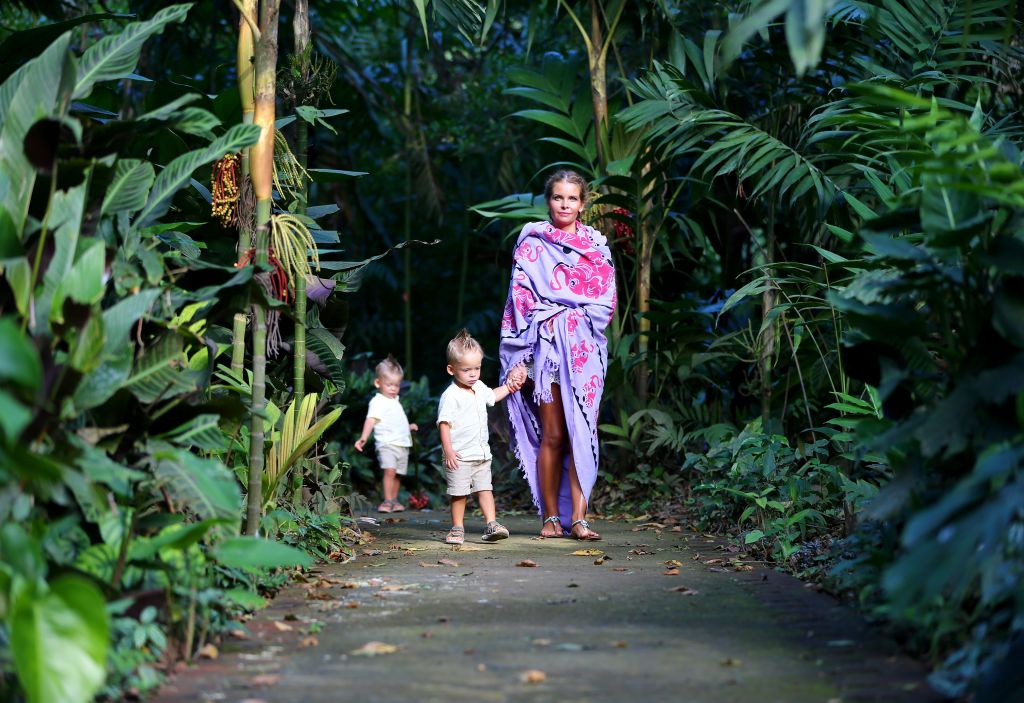
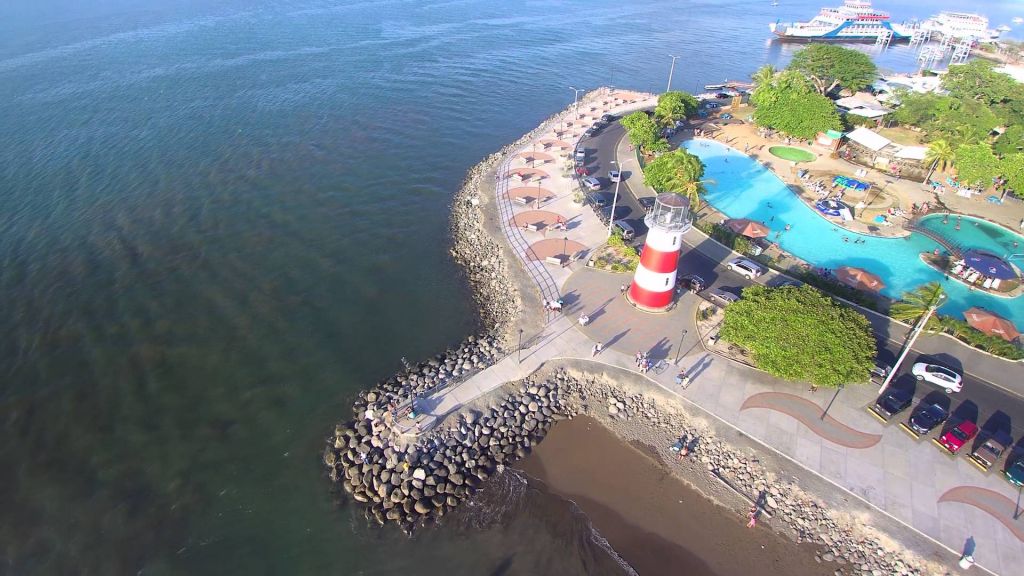
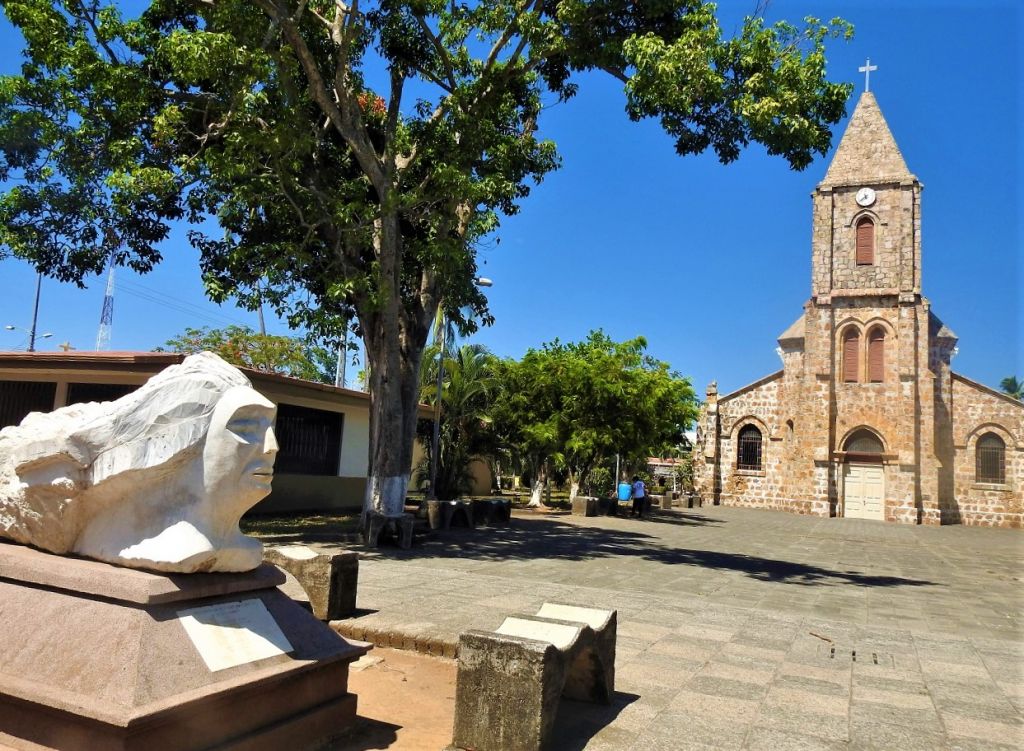
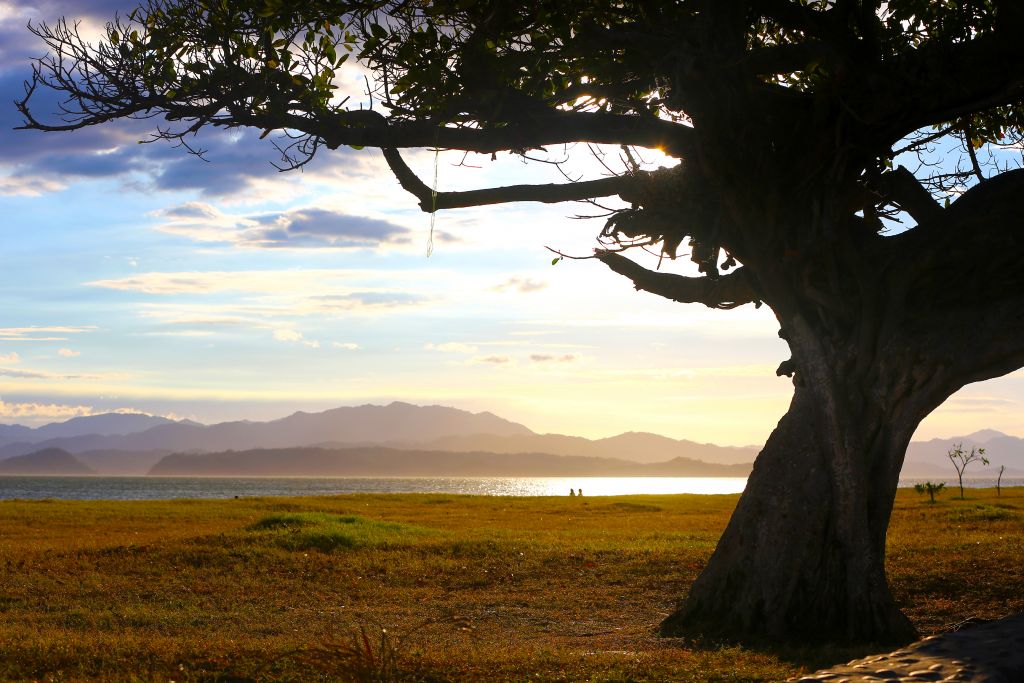
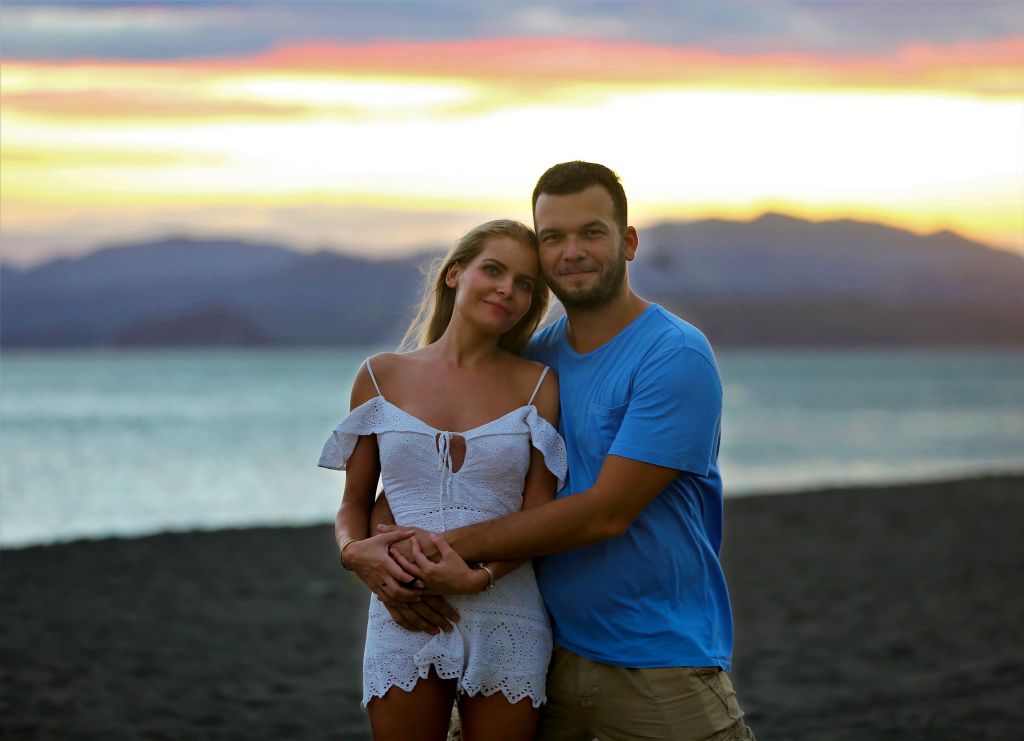
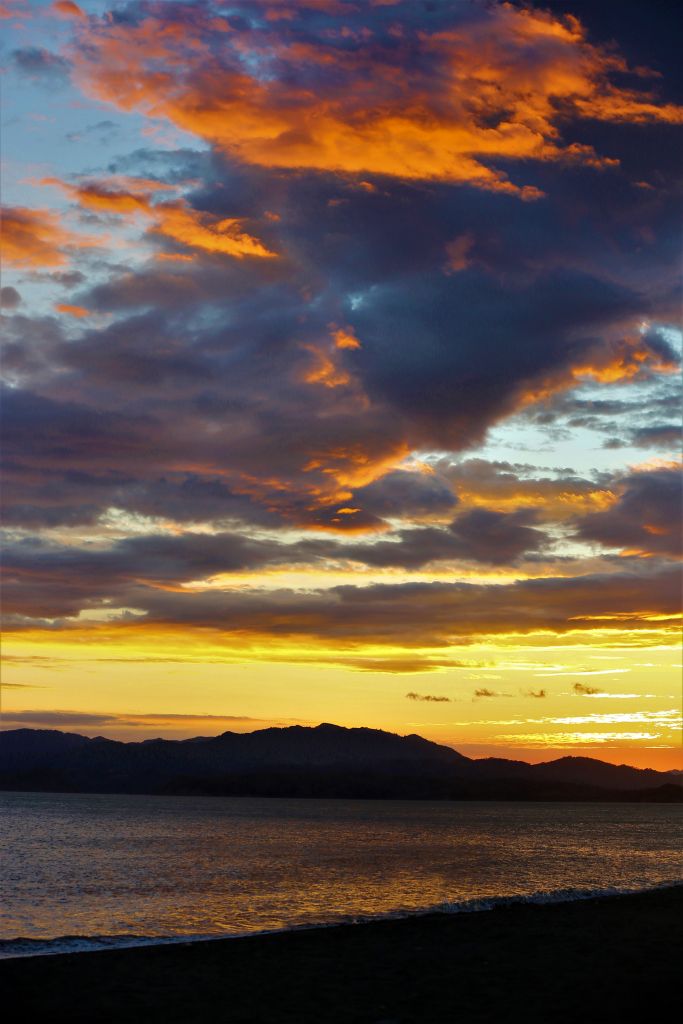
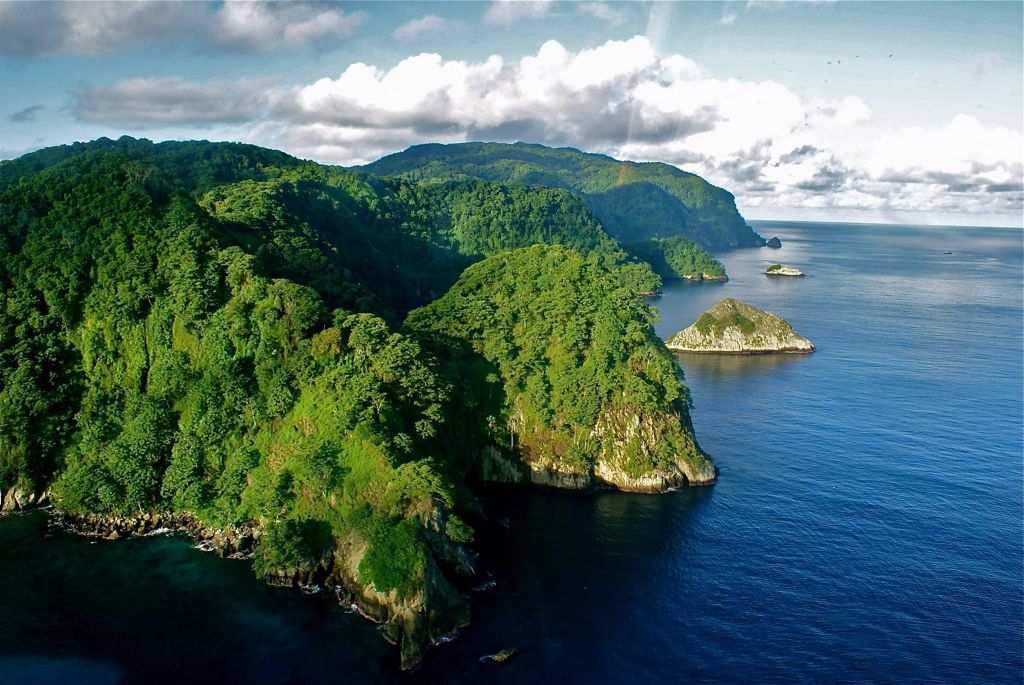
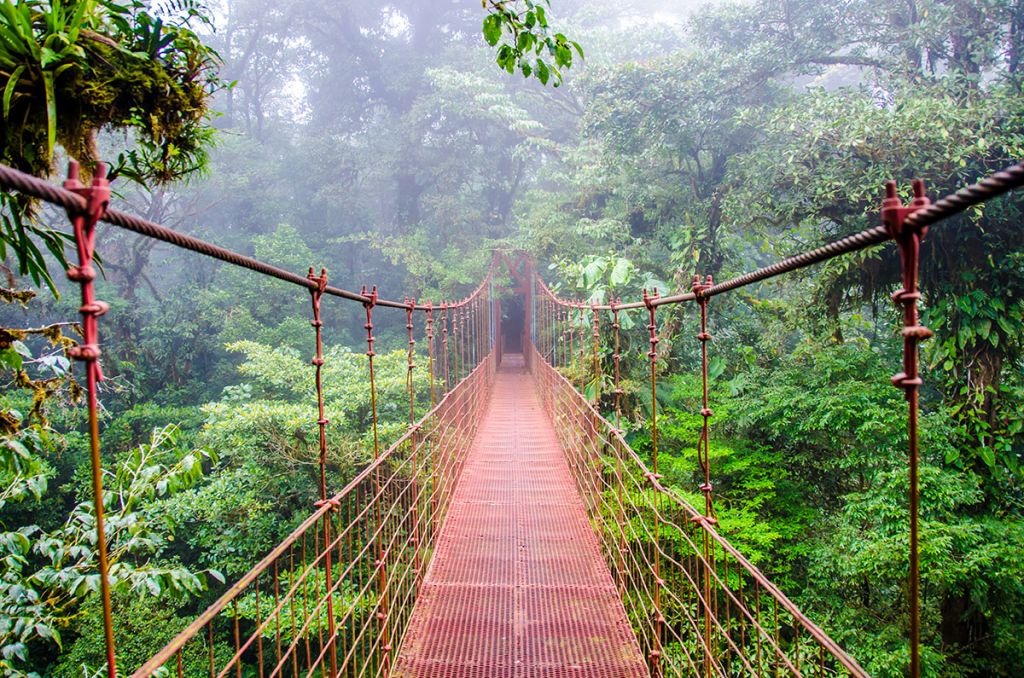
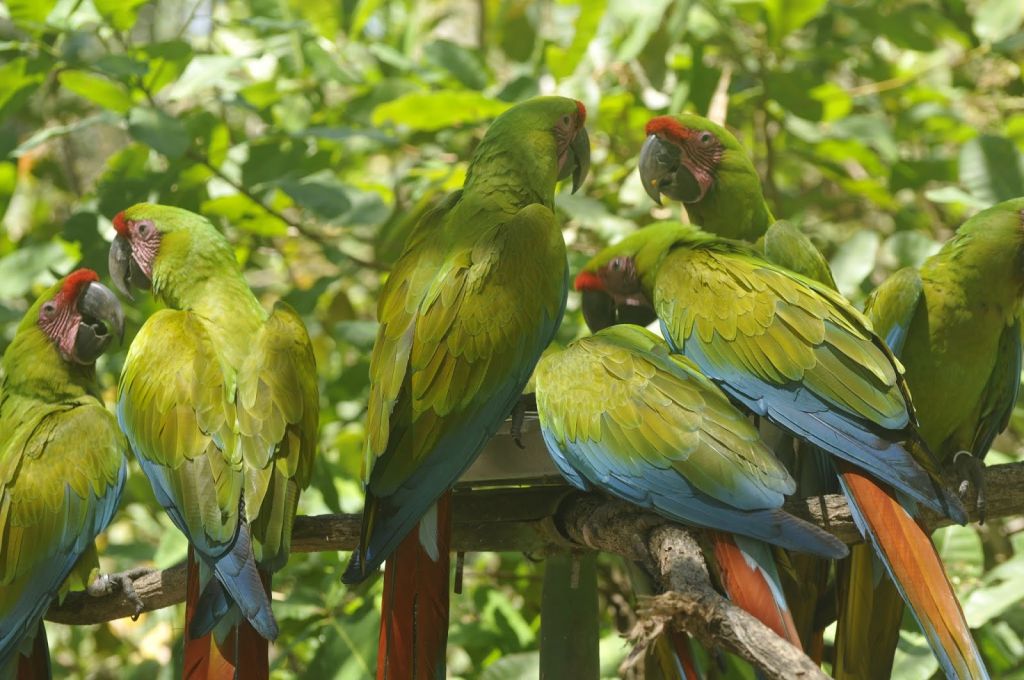
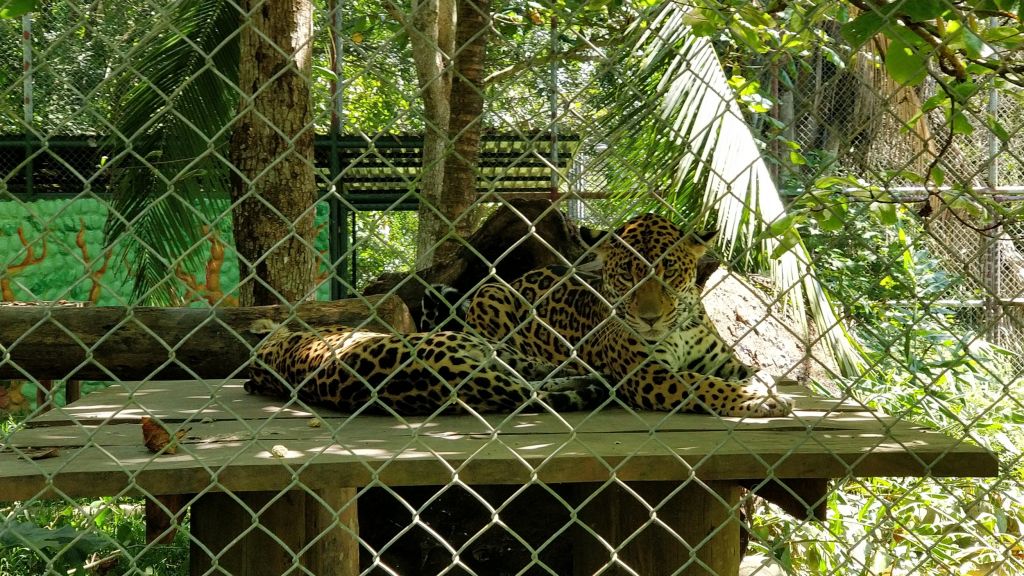
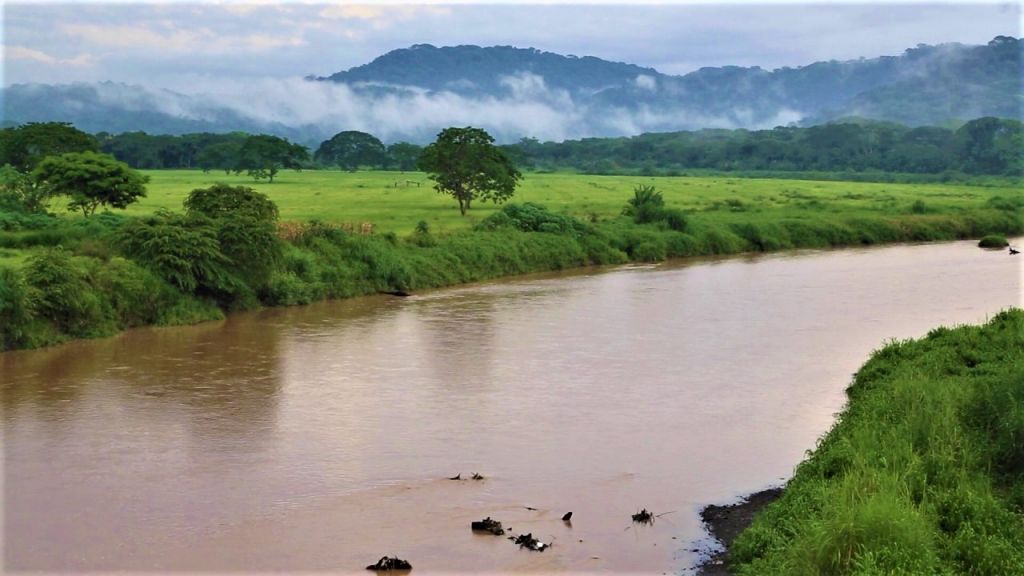
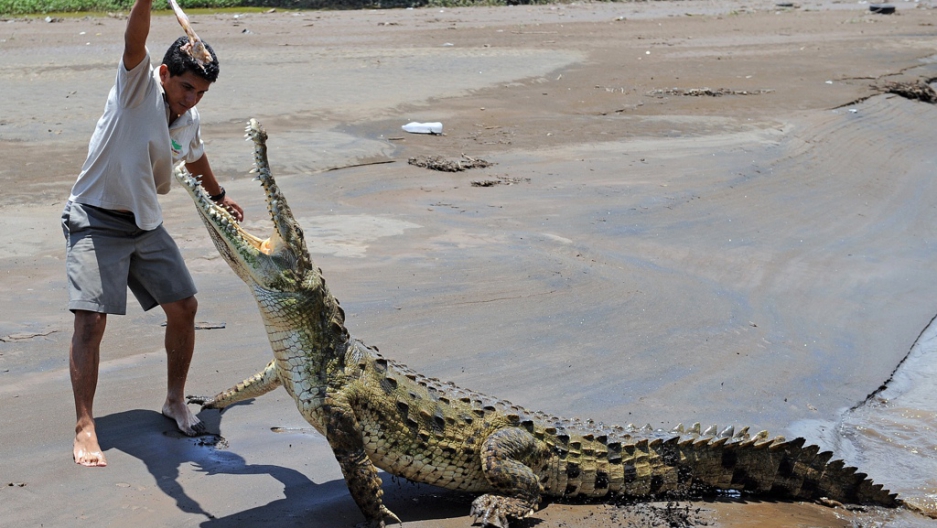
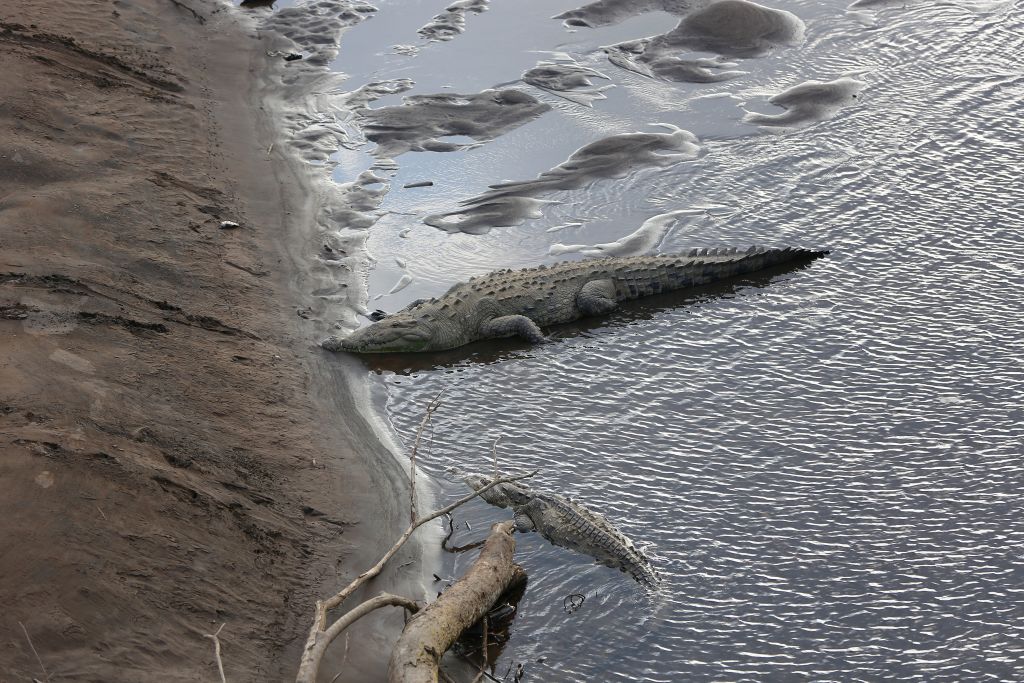
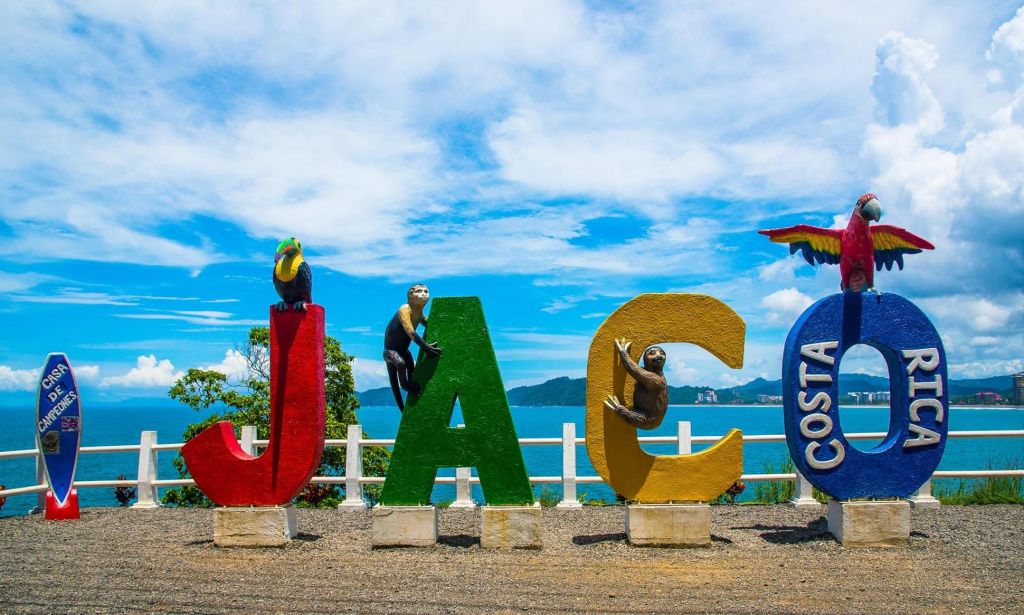
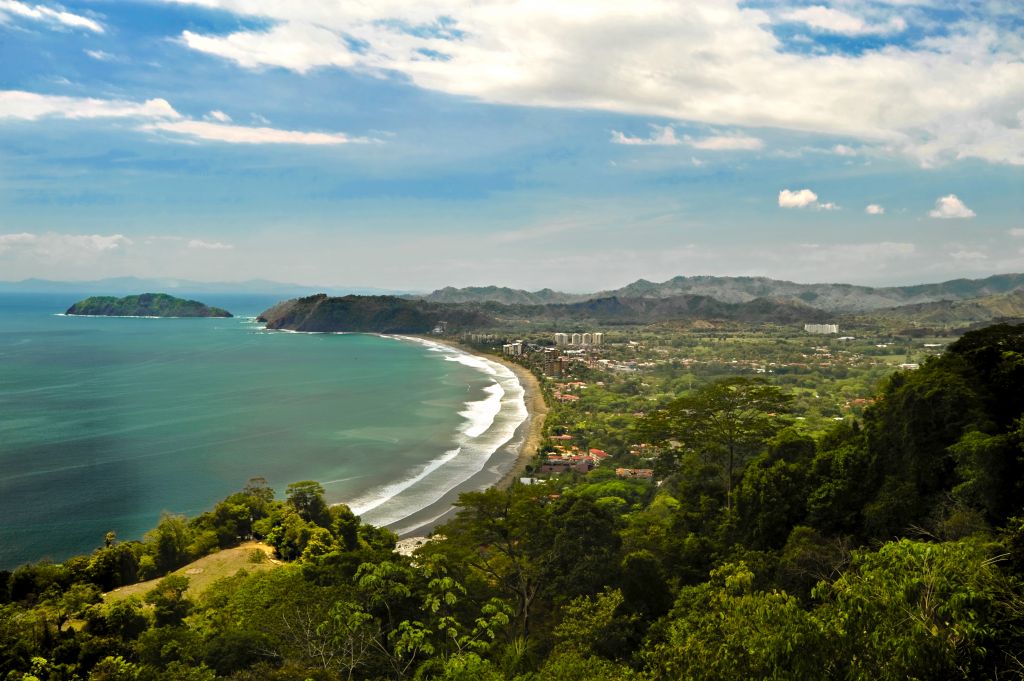
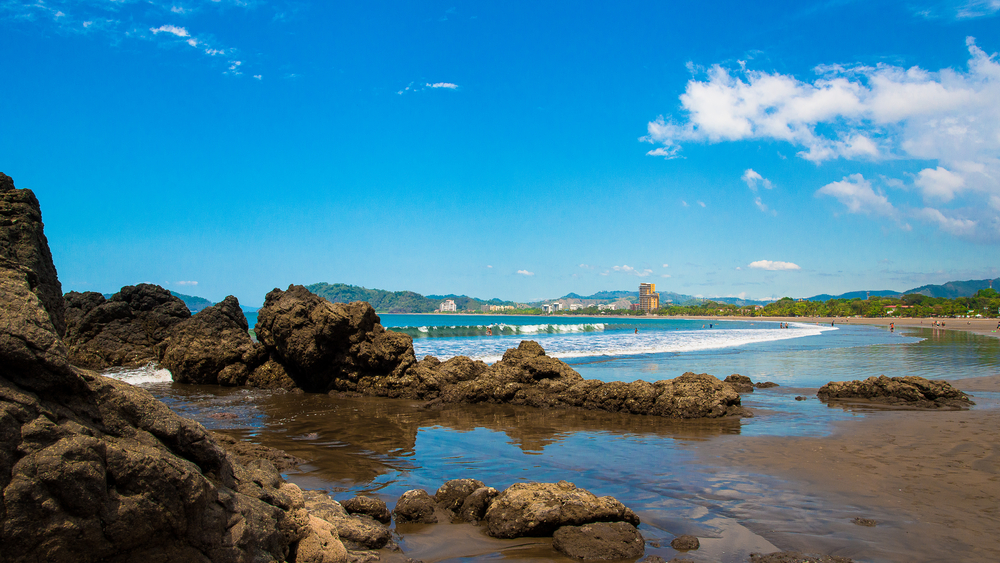
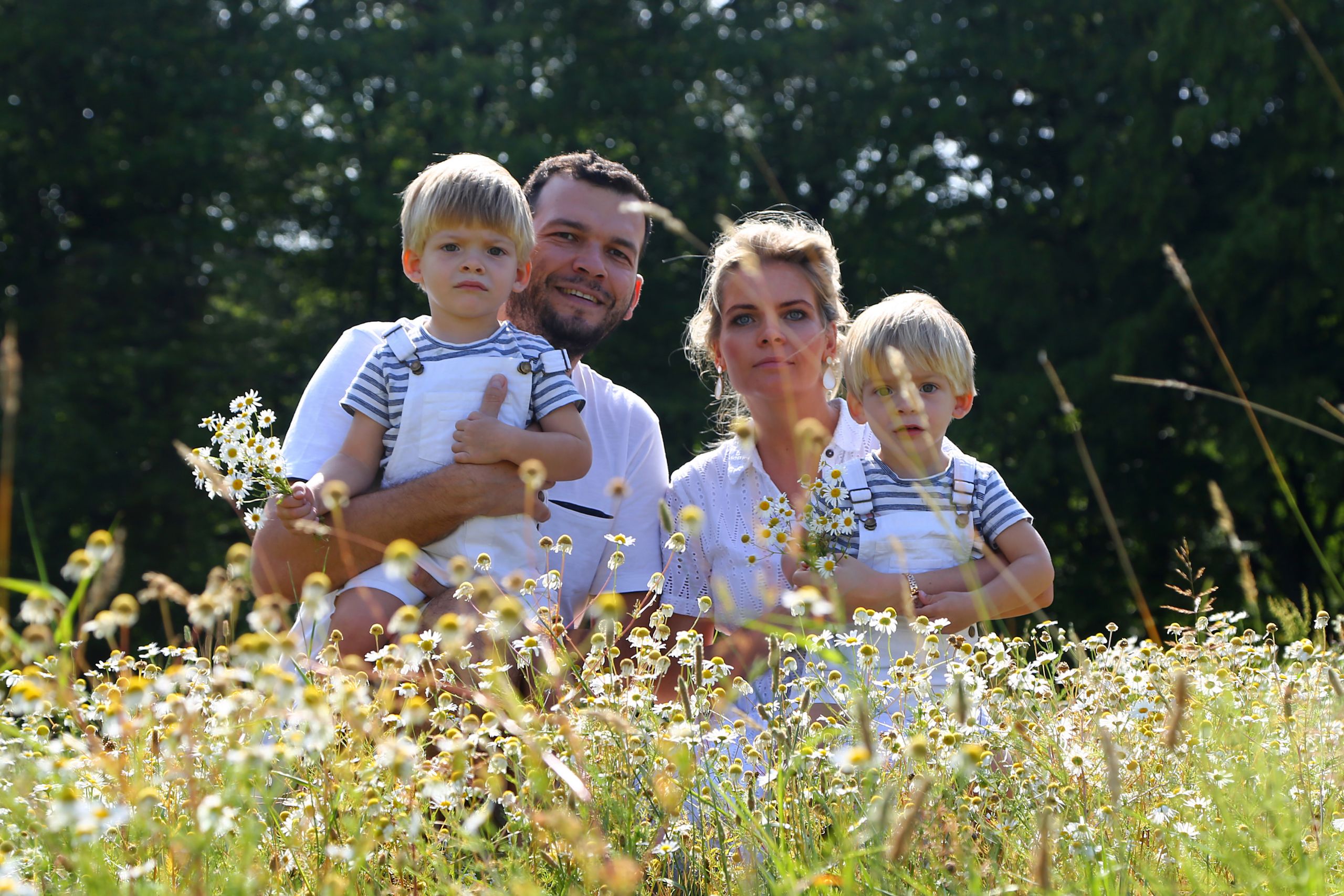
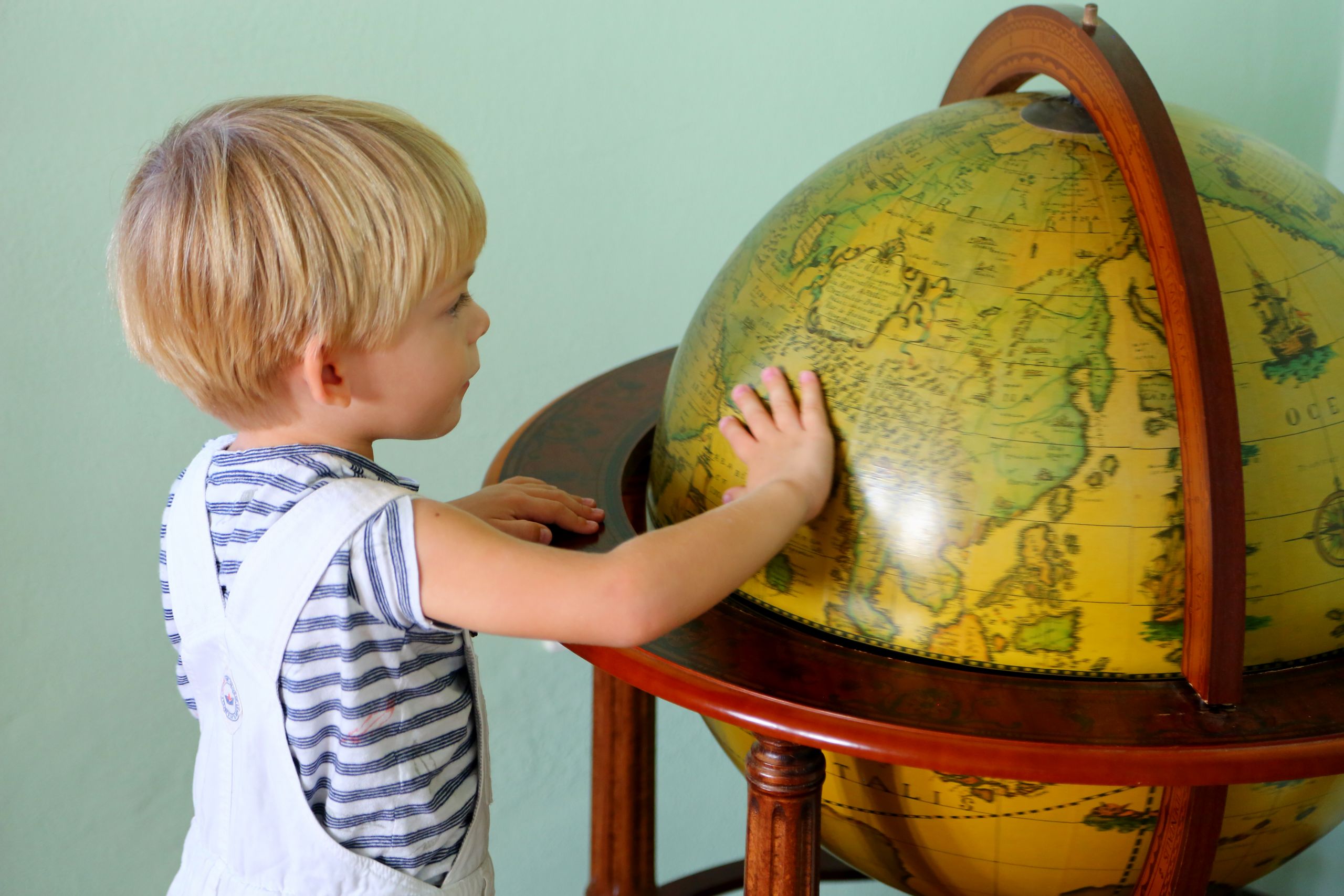


Leave A Comment